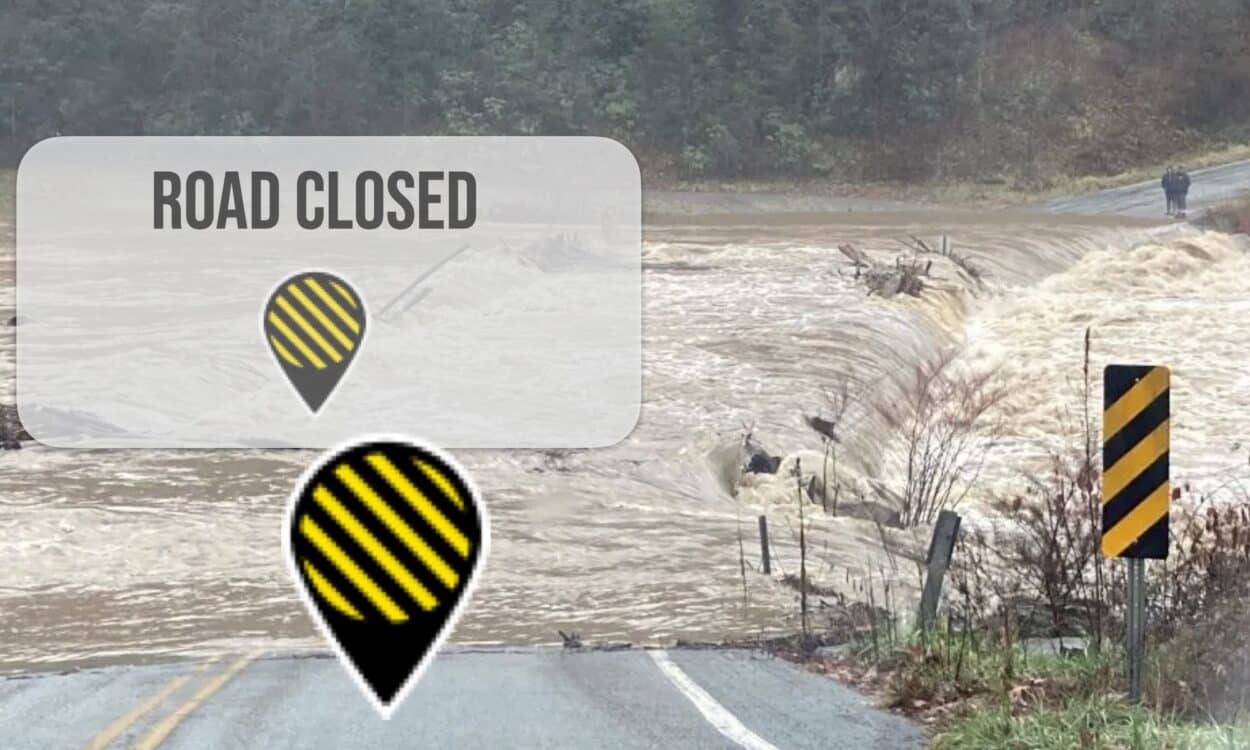This report outlines the results of an independent test carried out by the state of Bavaria in Germany on the accuracy of the various data points that power its online traffic service BayernInfo. A key objective was to determine if floating car data (FCD) could be used effectively to fill in the ‘blind spots’ between road sensors on secondary roads to enhance traffic information.
This approach would give drivers a more complete picture of current traffic situations without the need for the transport authority to maintain and install additional road sensors, which can be an expensive and time-consuming process.
Traffic Management Centre (ZVM)
The analysis was commissioned by the Traffic Management Centre (ZVM), part of the Bavarian Transportation Department, and carried out by traffic consultancy, TraffiCon. TraffiCon examined the quality of data, both historic and real-time, across a dense network of 2,700km of motorways and secondary roads. This executive summary is based on a detailed 73-page report provided by TraffiCon to ZVM.
On secondary roads, road sensors are installed at distances of up to 100km, creating blind spots in data. To combat this, FCD was tested to determine the speed, direction and location of traffic using information from GPS enabled devices in vehicles on the road. TraffiCon analysed the information recorded by INRIX using FCD between 1st February and 15th March 2015 across Bavaria’s main road networks – and compared it to information from road sensors.
Floating car data ‘just as good’ as information from road sensors
The analysis showed that INRIX had the ability to deliver real-time data 70 percent of the time, indicating that the data quality from FCD is high to very high. The highest percentage of real-time data was delivered on the motorway network (77 percent), mainly on the A3 (95 percent), A9 (94 percent) and A8 (94 percent). On secondary roads, real-time data was delivered 55 percent of the time.
Real-time data was not available at off-peak times, including weekends and at night, when there was not enough traffic on the road to generate real-time traffic information. In these cases, TraffiCon tested the historic FCD provided by INRIX, which was also shown to be highly accurate.

TraffiCon also compared the accuracy of FCD compared to the information generated from road sensors, finding that it corresponded roughly 90 percent of the time. When analysing the relationship between the route, travel time and speed, INRIX’s information was accurate 96 percent of the time.
These results showed that FCD is ‘just as good’ as the information from road sensors. This means that ZVM can accurately report the traffic situation using FCD without the need to install additional road sensors on secondary roads.
An intelligent traffic network
The report concluded that INRIX’s FCD was, on the whole, complete, consistent and accurate. The quality of INRIX’s data was found to be high to very high, providing a strong basis for traffic information and monitoring. This was particularly true when it came to INRIX’s ability to deliver real-time data, which was nearly as accurate as the information from road sensors, making it ‘just as good’.

As a result, TraffiCon reported that the data from INRIX can reliably fill in the gaps in coverage between installed road sensors. This means that ZVM will be able to accurately report back on the traffic situation on secondary roads in Bavaria using FCD alone.
Through the use of FCD, Bavarian citizens will benefit from more accurate traffic updates via its website. In addition, ZVM is now better equipped to make more accurate predictions on future traffic trends by using a combination of both FCD from INRIX and the information from road sensors.



